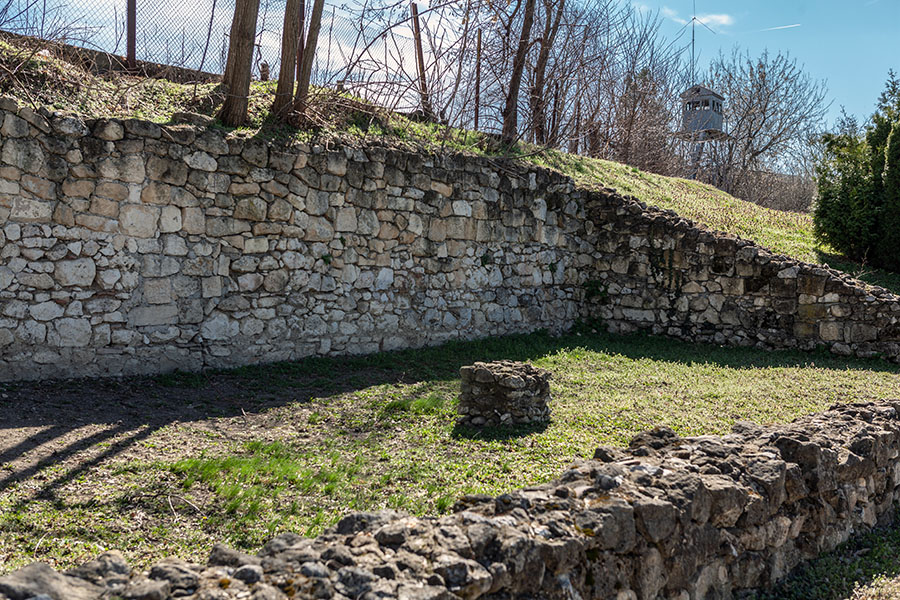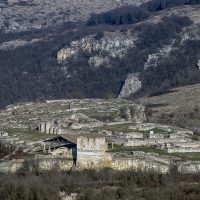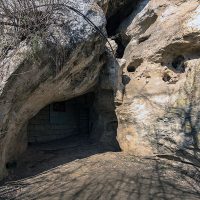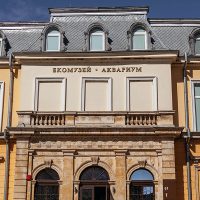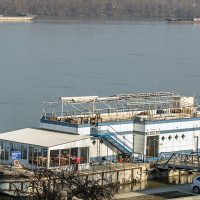








The Roman fortress Sexaginta Prista bears this name, meaning “port of the sixty ships”, due to the victories over the Dacians during the wars waged by the Roman emperor Domitian (years 85-89). Then, at the mouths of the Rusenski Lom river, a Roman legion was transferred, i.e. 6,000 soldiers, for whom exactly 60 pristine ships were needed. The fortress built by the Romans appears on the ruins of an ancient Thracian settlement, where many artifacts have been found. The settlement proved an intense commercial activity during the emperor Vespasian (years 69-79). On the territory of the fortress there are remains of a Roman military headquarters, used from the first third of the 4th century until the first decade of the 5th century, coins and ceramics, a tunnel built of stone, used during the Ottoman period, which can be reached with the help of 30 stairs. The fortress was destroyed during the attacks of the Avars and the Slavs, at the end of the 6th century and the beginning of the 7th century. During centuries IX – X on the ruins of this fortification was founded the medieval settlement Ruse, which played an important administrative and military role in the Middle Ages. Modern discoveries began withthe excavation works of the Military Club, but the systematic archaeological investigations took place between 1976-1978 and 2005-2006. As a result, about 50 meters of wall of the northwest wall of the fortress and the tower, six buildings, the temple of Apollo and the Principia building, i.e. the headquarters of the military unit in Sexaginta Prista, were discovered. The structures discovered in 1976-1978 were preserved, and in 2002 the archaeological exhibition “Sexaginta Prista” was opened.
Download PDF